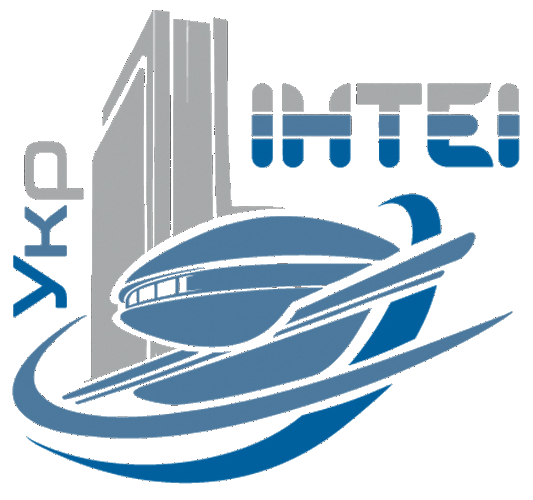Copyright and patents: what to consider for high-tech startups at the start (for example, HDMI)
Patent Attorney, CEO of IPStyle Maria Ortinskaya in a column for AIN.UA talks about how startups can monetize intellectual property. And what they may face if they work with hardware – using the example of how copyrights to the popular HDMI technology are monetized.
Monetization object – HDMI
HDMI – is not just a cable that connects a laptop to a TV, a projector, but a specific interface (note – not to be confused with a graphic one). In essence, it is a way of interaction between two devices to transmit high-definition audio and video.
You can use this interface, but only for money. How to get others to pay money for using your technology? Patent inventions, register trademarks, and, possibly, design.
Business union
The rights to HDMI may belong to different companies, but they are managed by HDMI Licensing Administrator Inc, which was founded by six of the largest market players: Hitachi, Matsushita Electric Industrial, Philips, Silicon Image, Sony, Thomson.
What if the companies hadn’t merged?
Then each manufacturer had its own connector, its own cable. As a result, it is inconvenient for the user, because when buying devices from different manufacturers, he would have to check them for compatibility, figure out which input for which cable is needed, use various adapters.
Conclusion: it is possible and even necessary to unite with competitors. The main thing is to understand the goal, be able to negotiate and create value, in this case – for the user.
Where is the money?
If you are planning to manufacture a device with HDMI, then you have two options. First: order it from the so-called HDMI adopter. Second: to become an HDMI adopter on your own.
Essentially, an adopter is a licensee (a person who uses intellectual property rights) and pays a certain fee to the owner. Either an annual fee of $ 5,000 or $ 10,000 (depending on production volume), or royalties up to 15 cents per HDMI device.
15 cents is the standard amount. But, for example, if you use the HDMI logo on the device and promotional materials, then the payment is reduced to 5 cents.
Accordingly, each manufacturer using HDMI in their device encourages other manufacturers to use and popularize HDMI.
Conclusion: a well-built system of royalties not only guarantees a stable and high income, but also contributes to the advancement of technology and, accordingly, even greater revenues from it. A vicious circle, but in a good way.
Diversification
At one time, Display Port was created as an alternative to HDMI, which allows you to enjoy the bright colors of full-length films and high speed in “heavy” video games.
The Video Electronics Standard Association (VESA), adopting this video interface standard, announced it free – as opposed to HDMI. And so it was for more than 10 years, until 2015. Today, manufacturers of devices equipped with a connector for connecting such a wire pay a license fee of 20 cents for each piece of equipment.
Conclusion: when designing a product – whether it be headphones, a Wi-Fi device for accessing streaming services from home or VR training simulators for children, it is important to be guided not only by the cost of the technology used at the moment, but also by the possibility of diversifying the “risks”. Redoing a finished product is expensive and not always possible.
A simple but golden rule
Even the most typical and seemingly generally available technical and technological solutions are patented, their names are registered as TM, which means that their illegal use related to the production, sale, import, labeling of products will sooner or later turn into legal and reputational barriers.
Including – the inability to attract investment, blocked sales on marketplaces, as well as multimillion-dollar lawsuits.
For example, HDMI Licensing Administrator actively protects its rights, which manifests itself in the tracking of counterfeit products on eBay, Amazon and other online sites.
The seller of “unauthorized” products can be sued in violation of the rights to TM HDMI, as well as deprive him of the seller’s status. Its products can be stopped at customs – you can lose the entire batch of goods with only one “illegal” HDMI inscription. He will be denied access to exhibit his products and devices at exhibitions, for example, CES.
Conclusion: before the introduction of a new technology, production of products, it is imperative to conduct patent research, searches for similar TM and make sure of the “purity” of your product. Thus, you can assess the risks of violation of other people’s rights and, which is important, find a way to eliminate them.
Source: ain.ua










